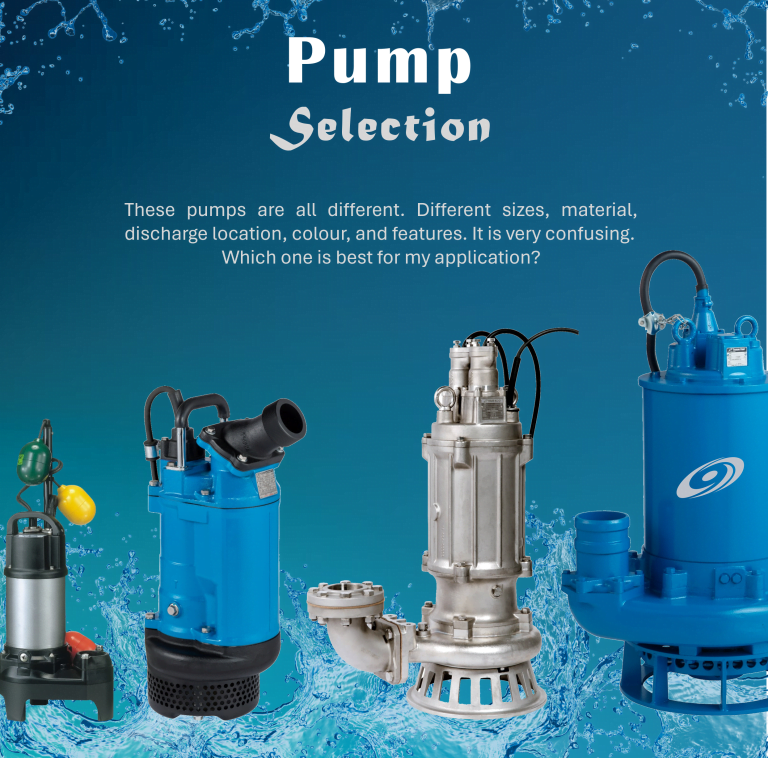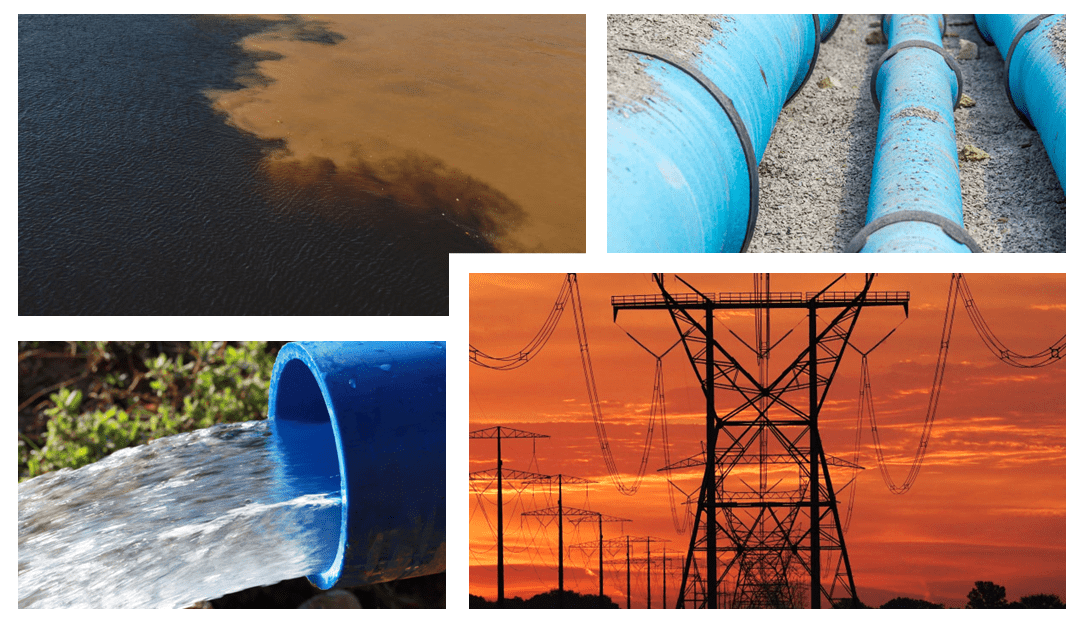Choosing the right pump is essential for ensuring operational efficiency and reliability. At Tsurumi, we understand that navigating this selection process demands specialized knowledge and a customized approach. We’re committed to guiding you with expertise and precision.
Tsurumi is a leader in delivering advanced pumping solutions for diverse industrial needs. Our blend of technical savvy and industry insight ensures you get a product and a solution specifically tailored to your requirements.
This commitment sets us apart, ensuring a partnership to achieve the best outcomes for your projects. Our Business Development Managers (BDMs), spanning all Australian states and territories, are crucial to our client-focused service.
These experts are ready to help you through the selection process, ensuring you get a pump solution that meets your exact needs. With Tsurumi, you gain a partnership with professionals dedicated to your project’s success.
Welcome to your essential guide to pump selection – welcome to Tsurumi.

Understanding Your Pumping Needs
Understanding your pumping application’s specific requirements is crucial for selecting a pump that efficiently and reliably meets your needs. This section explores key factors, including liquid properties, pump power requirements, head pressure, and discharge specifics.
Each element is vital for optimal pump operation in its intended environment:
Assessing Liquid Properties
A thorough assessment of the liquid’s properties is paramount when selecting a pump. Considerations include the liquid type, its temperature, and pH level. These factors are critical as they can significantly affect the pump’s compatibility and durability.
For instance, the presence of solids and the potential for corrosion require careful analysis to ensure that the pump material is suitably resistant.
Choosing the right materials, such as titanium, cast iron, or 316 stainless steel, can greatly enhance the pump’s lifespan and performance in corrosive environments.
Power Requirements
The power specifications of a pump are fundamental to its operation and efficiency. Key factors to consider include the kilowatts (motor output), voltage (e.g., 415v, 1000v), whether the pump operates on a single or three-phase system, and the frequency (50Hz being common in Australia, with 60Hz used in certain offshore applications).
Understanding these requirements is essential for ensuring that the pump is compatible with the available power supply and is capable of meeting the application’s demands without excessive energy consumption.
Calculating Head Pressure
Understanding the head pressure requirements of your application is crucial for pump selection. This involves distinguishing between the total dynamic head and the static head.
It’s important to select a pump that operates efficiently near its Best Efficiency Point (BEP) rather than at its total head. This ensures optimal performance and minimizes wear over time.
Discharge Information
The discharge characteristics of a pump, specifically the flow rate and discharge pipe diameter, are critical for ensuring that the liquid is transported effectively to its end destination.
These factors directly impact the volume of liquid that can be moved within a given timeframe and play a crucial role in the design and efficiency of the pumping system.
Properly aligning these specifications with the application’s requirements helps to ensure that the pump operates within its optimal parameters, maximizing both performance and durability.

Choosing the Right Pump Type
Selecting the right type of pump is pivotal to meeting your application’s operational demands with precision and efficiency. This decision must be informed by clearly understanding the different pump types available and their respective advantages under various conditions.
Below, we outline Tsurumi’s primary pump categories and discuss the application-specific considerations that should guide your selection process.
- Submersible Pumps: Ideal for situations where the pump needs to be submerged in the liquid it is pumping. These pumps are known for their efficiency and are commonly used in water, wastewater, and drainage applications.
- Dewatering Pumps: Designed to remove water from construction sites, mines, and flooded areas, dewatering pumps are robust and capable of handling clean and dirty water.
- Slurry Pumps: Specialized for pumping liquids with solid particles. Slurry pumps are built to handle abrasive materials, making them suitable for mining, milling, and construction applications.
- Sewage & Wastewater Pumps: Engineered to pump sewage, effluent, and wastewater. These pumps are constructed to prevent clogging and handle solid waste effectively.
- Aerator Pumps: Used to inject air into water or mix air with another substance, enhancing water quality in treatment systems, ponds, and lakes.
Application-Specific Considerations
Application-specific considerations are critical in selecting the appropriate pump, ensuring optimal performance. It’s essential to evaluate both the distance and elevation over which the water needs to be moved, ensuring the chosen pump has the capacity to handle these requirements effectively.
Additionally, understanding the volume of water that must be transported is crucial to ascertaining that the pump can meet your application’s specific capacity needs.
These factors combined ensure the selection of a pump well-suited to the operational demands, providing efficiency and reliability in its performance.
Factors Influencing Pump Performance and Longevity
Ensuring optimal performance and longevity of your pump requires attention to several key factors related to pipe resistance and installation choices.
Pipe Resistance and Installation Factors
- Pipe Diameter and Material: The choice of pipe diameter and material directly influences your pump system’s flow rate and durability. Optimal selection minimizes resistance, enhancing flow, and ensuring material compatibility with the pumped liquid to extend system life.
- Friction Impact on Flow Rate: Reducing friction in the pipes is vital for maintaining efficient operation, necessitating the right combination of pipe material and diameter.
- Pipe Material Strength: It’s crucial to select pipe materials capable of withstanding the pump’s pressure to avoid leaks or bursts, ensuring system integrity.
Installation Types
- Guide Rail Systems vs. Free-Standing Installations: Guide rail systems facilitate easy pump maintenance and servicing, contrasting with free-standing installations’ simplicity but less maintainability.
- Automatic vs. Manual Operations: Automatic operations, with level detection, offer operational convenience and safety, while manual pumps are simpler and may be cost-effective for certain applications.
- Pump Dimensions and Space Fit: The pump’s size and fit within the installation space are critical for a successful setup, ensuring efficient operation and accessible maintenance.
Addressing these aspects can significantly improve your pump’s efficiency and extend its service life, ensuring reliable operation in its application.
Working with Tsurumi’s Experts
At Tsurumi, partnering with our experts ensures you receive tailored guidance for selecting the ideal pump for your specific needs. This collaboration is key to navigating the complexities of pump selection and achieving operational efficiency and reliability.
The Role of Business Development Managers (BDMs)
Our Business Development Managers (BDMs) are essential in the pump selection journey. Their expertise and knowledge enable them to assist in finding the right pump for your requirements.
Our BDMs are skilled in evaluating your unique needs, considering factors such as liquid properties, operational environments, and specific application demands. They act as guides, ensuring your pump selection perfectly matches your operational goals.
Nationwide Coverage
Our network of BDMs spans all states and territories in Australia, guaranteeing expert assistance is always accessible, no matter your location.
This wide coverage ensures personalized support that reflects the unique needs of your region. Whether in remote or urban areas, our BDMs are committed to offering the necessary support.
The Pump Enquiry Form
Tsurumi offers a detailed pump enquiry form to make the pump selection process more straightforward.
Completing this form is vital for identifying the best pump for your operations. It collects specific information about your application, allowing our BDMs to provide a pump solution that meets your needs.
This form bridges your operational requirements with our expertise, ensuring a customized and efficient selection.
You can confidently choose a pump that exceeds your operational expectations by leveraging Tsurumi’s expertise and utilizing our resources, such as support from our BDMs and the pump enquiry form.
Contact Tsurumi Today
Contact us today to learn more about our pump solutions and how Tsurumi can support your operational needs. Let us help you find the perfect pump for your specific application, ensuring your operations’ efficiency, reliability, and longevity. So why wait? Get in touch with Tsurumi now!

